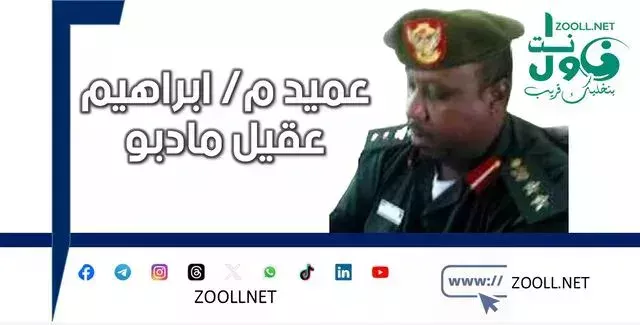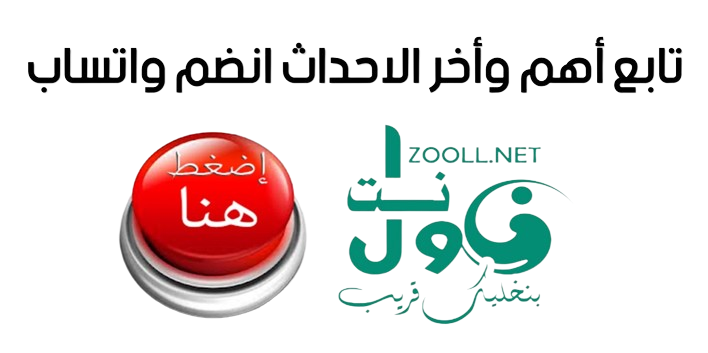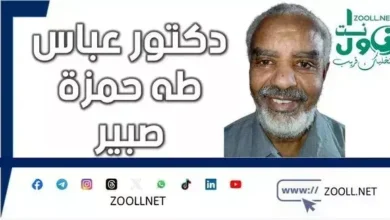Why don't we have fixed and renewable contexts to deal with hate speech in Sudan ✍️ Dean M/ Ibrahim Aqeel Madibo?

*1/* We always see that with the increase in tensions and political differences, the outbreak of wars, the outbreak of crises, the congestion of the political scene in Sudan, the dangers of foreign interventions and the signs of division of the country, hate speech and rejection of the other appear clearly and some are working to deepen the Sudanese conflict, despite the Sudanese. We live in a country that experiences great diversity in its social components, but some, due to many factors, are quick to resort to hate speech, as Hemedti, the leader of the Al-Daglo gang, did when it has used hate speech as a weapon to achieve political and military gains by adopting inflammatory messages against a specific tribe to fuel conflict and threaten to escalate into war A tribal war, and in the In the same context, he used hate speech and attacked, in derogatory and discriminatory language, full of obscenity, named people and a specific tribe, indicating that this speech has often been ingrained in him for a long time. time and is present among his group of militias and mercenaries and has been used recently to generate and incite racism, intolerance and hatred, with the intention that the results will be harmful and cause division on the home front .
*2/* Rebel Hemedti's speech is seen as a tool for violence and conflict to move from real reality to virtual space, and the problem of the growth of speeches that call for violence and hatred and frame differences and division is exacerbated. The forms and spaces of these discourses are multiple, in light of the war, tension, apprehension and lack of trust witnessed in Sudan, which makes social networking sites contribute to the incitement to violence, fueling hate speech and provoking conflicts between them. We also note that many information platforms have recently developed, like social networking sites, which have deviated in recent years from their fundamental role as a platform for awareness and open freedoms, to become receptacles of this type of destructive speech. this represents a real danger on the intellectual, moral, cultural and social levels of society in general, and on young people in particular, because they constitute the segment which uses these sites the most and who risk being accused of being complicit of the spread of hopeless “electronic violence”. It is impossible to violently move from social networking sites to real reality again.
*3/* Hate speech on the Internet does not differ much, in substance, from hate speech outside of cyberspace, but it is distinguished by the nature of the increased interactions when it occurs, as well as by the use and the dissemination of specific words and new content that contributes to brainwashing and culminates in one's susceptibility to people's accusations and fabrications. Inspiring the imagination and spreading conspiracy theories that pave the way for the emergence and acceptance of rumors, until they fly on the wings of hatred and spread very quickly within hours. .
*4/* It should be noted that Article 20(2) of the International Covenant on Civil and Political Rights imposes certain restrictions on speech and requires states to “prohibit” certain forms of speech calling for “national hatred, racial or religious. and constitute “incitement to discrimination”. Or hostility or violence. According to the United Nations Framework on Hate Speech, any incitement to discrimination, hostility or violence is also hate speech. states that the following elements must be present: the context leading to the violence and the speaker. An influencer and speech act that is widely distributed and to a receptive and targeted audience (usually marginalized and insurgent groups). when there is an intention on the part of the speaker to call for or provoke violence and when there is also a possibility that the act will lead to violence, hate speech can be combatted through legal channels and their activation.
*5/* To deal with these phenomena and actions, it is necessary to establish a media content monitoring body, agency or organization, including specialists, experts and lawyers, to monitor and discuss methods of hate speech and incitement to violence. spread on inflammatory Sudanese pages and groups, or those that transmit fabricated and intentionally fabricated information and articles in order to greatly contribute to the escalation of the Sudanese crisis, and most of them are suspicious pages and fake accounts used by parties of unknown origin, by bloggers provoking sedition and incitement. Most of these pages contribute to spreading misleading and false information, in light of the widespread proliferation of weapons and the absence of the role of official security institutions and departments. concentrated and strict in monitoring professional media violations, allegations of racism, incitement, insults, defamation, violation of honor and brand image, call for violence and murder, glorification of insults against individuals, symbols and tribes, targeting state institutions, contempt and harm to human dignity, and lack of accuracy and objectivity in reporting events and armed conflicts, the publication of photos of the dead and their families victims of conflicts and wars, as well as all violations linked to racial discrimination based on sex, religion and color. The proposed body must first raise awareness of the role assigned to it in the fight against hate speech and in controlling the quality of the media, without muzzling and fighting activists, journalists and bloggers, then organize dialogue sessions and workshops within the framework of the organization. title “Hate Speech on Social Media” and recruit experts, interested persons and specialists, especially in electronic media, and then legislate a clear and dissuasive emergency law or ordinance to combat speech of hatred and racism.
Dean M/Ibrahim Aqeel Madibo






